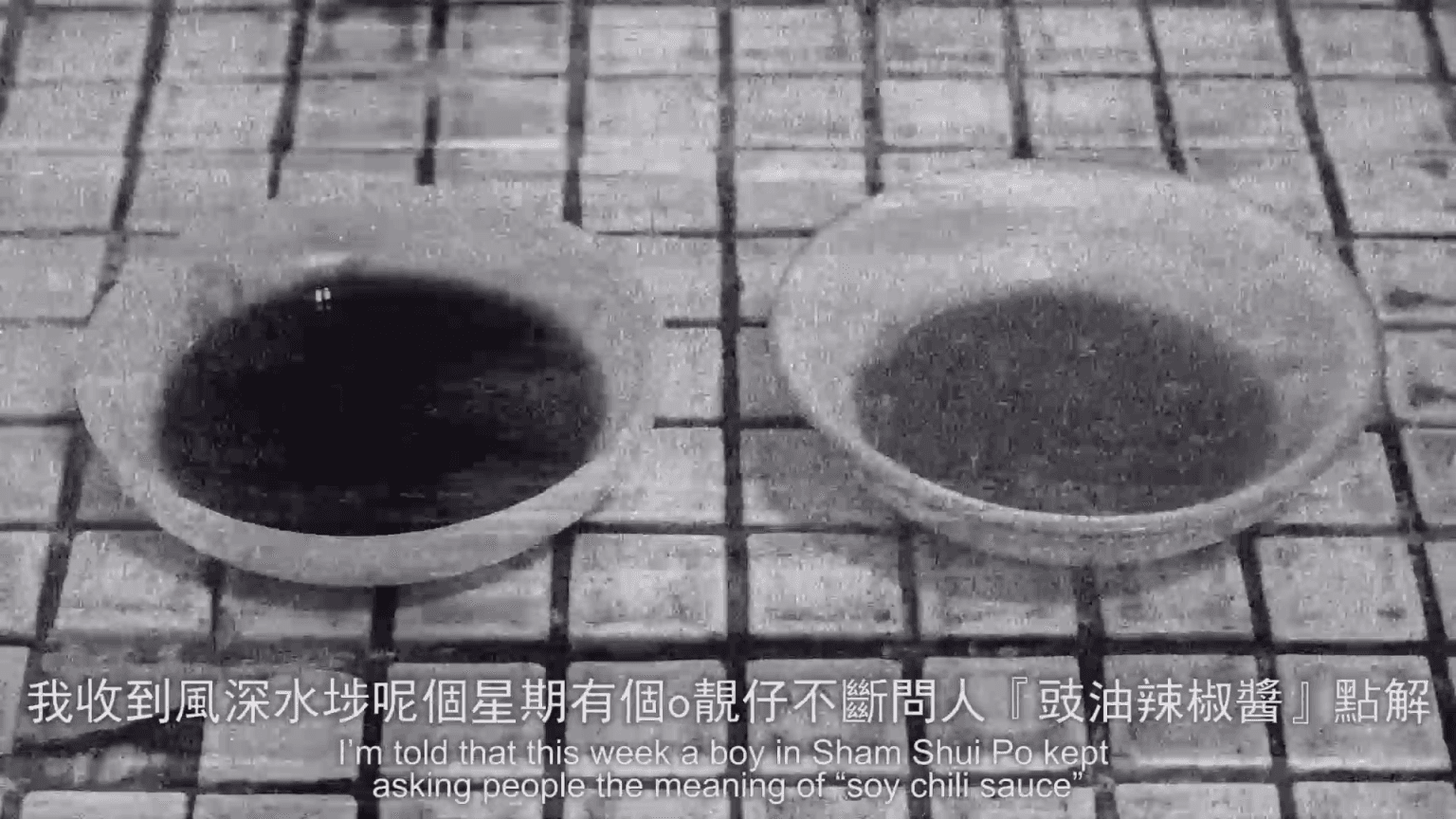Look at You潮潮俚
The title Look at You (ciu4 ciu4 lei5) is a translation of a Cantonese pun created by Tang Kwok Hin. He doubles the word ciu, meaning ‘trendy’, to make it a verb and combines it with lei, meaning ‘slang’. Put together, the phrase meaning ‘making old slang trendy again’. Ciu ciu lei also shares the same pronunciation with the phrase ‘look at you’. With this play on words, Tang reflects on how language frames our perspective, directs our knowledge, and formulates our habits. He invites participants to look at one’s self (‘you’) in different contexts in the face of conformity and authority, through the evolution of slang.
Tang takes Cantonese slang from different decades as inspiration to create an installation on M+ Rover which includes audio broadcasts, journals, objects extracted from daily settings, and other materials that accumulate throughout the run of the project. Look at You also comprises an artist-led workshop where students and teachers engage in participatory art practice and contribute to the installation. Participants later engage with audiences from different communities, through discussion and activities, as Look at You travels around Hong Kong.
Based on the selected Cantonese slang, Tang created fictional characters from different generations for a role play activity. Participants wear masks to disguise their identities and headsets to receive audio instructions on how to act. Half are ‘performers’, acting out an assigned character. The other half are ‘observers’, documenting the performers’ actions with sketches or notes in their journals. During the latter part of the workshop, performers and observers listen to different soundtracks while watching the same film clip, highlighting the discrepancies between perspectives during the same event.
To highlight the tension between individuality and conformity, Tang incorporates role play and performances as an approach, and plays with the discrepancies in meaning through misinterpretation, fact and fiction.
This disorientating experience created is thus a metaphor for the sense of loss between the individual perspective and the larger current of collective modern living.
鄧國騫為《潮潮俚》命題時,運用了粵語中的同音字。兩個代表「新潮」的「潮」字今起來,成為了一個動詞,並加上代表「俚語」的「俚」字。全句讀來,就是「讓俚語變新潮」之意。「潮潮俚」又與「瞧瞧你」同音,鄧國騫反思語言如何塑造觀點、引導知識以及構成習慣。透過審視俚語不斷的演變,他誠邀大家置身不同語境中,在主流及權威的規範下,「瞧瞧」「你」自己。
鄧國騫以不同年代的粵語俚語為靈感,在「M+敢探號」創造出一個裝置藝術作品,其中包含廣播、札記、日常物件及其他在計劃中累積的素材。《潮潮俚》亦包括一個由藝術家帶領的工作坊,透過參與式的創作,師生將一起塑造這個裝置藝術作品。隨著《潮潮俚》巡迴香港,參與者會透過對話及活動與不同社區的觀眾互動。
根據選出的粵語俚語,鄧國騫創造了來自不同年代的虛構人物,讓參與者進行角色扮演。參與者帶上面具以隱藏身分,並帶著聽筒以接收演出的指示。他們一半是表演者,負責演繹角色;另一半則是觀察者,負責記錄表演者的行為,並書寫在札記上,在工作坊的後半部,表演者和觀察者在看同一段錄影時,會聽到不同的錄音,以強調同一事件在不同觀點之間的差異。
鄧國騫透過角色扮演及表演等形式,藉由誤解、真實與虛構所產生的意思差異,營造出一個令人有點迷失的經驗,凸顯個人的獨立自主跟主流規範之間的角力。這不協調的經驗,象徵了個人在現代群體生活的洪流下無所適從的感覺。
videotage programme history /
All copyright reserved by the artist. 作品版權歸藝術家所有。
For enquires, please contact vmac@videotage.org.hk
